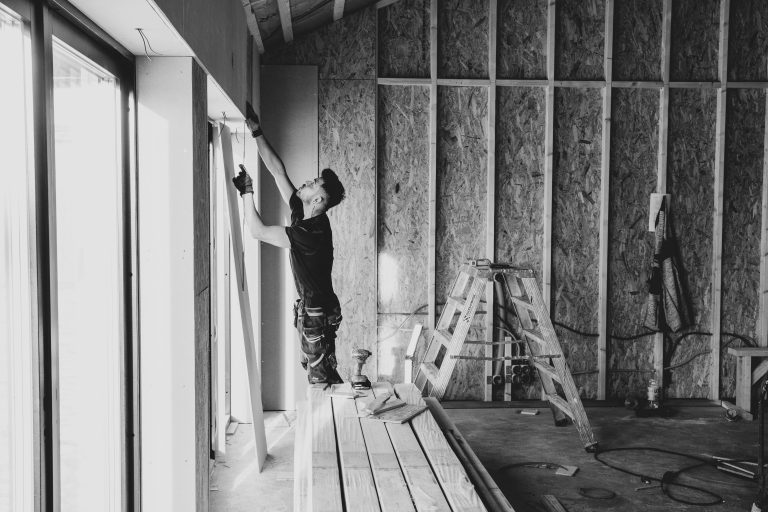Choosing The Right Condo End Unit Or Middle Unit
Over the years of my career as a real estate agent I was asked the same condo question again and again. Is an end unit better than a middle unit, and should you pay extra for it in new construction. Fewer shared walls and extra windows feel special. Middle units feel practical. The better choice depends on how you live day to day and on what actually moves value when you go to resell.
What Resale Data Really Shows
In recent sales the premium for an end unit is usually modest when everything else is equal. Think roughly 3% on average compared with a similar middle unit with the same size, condition, view, parking, and location. Buyers appreciate more daylight and one fewer shared wall, but kitchens and baths in good shape, a floor plan that lives well, and overall condition tend to outweigh the label of end versus middle.
Why Some People Love End Units
End units often feel brighter because you can have windows on the side. That light can make rooms feel larger and can help a plan read as more open. Some corners also gain small layout perks such as a windowed bath, a side window at the kitchen sink, or a wrap balcony that gives you a different perspective of the neighborhood. There is also a psychological benefit in knowing there is one fewer immediate neighbor. For some households that little bit of separation feels calmer even if the building already has decent sound control.
Why Others Prefer Middle Units
A middle unit can offer better efficiency because you are insulated by neighbors on both sides. In colder climates that can help with heating. In hotter climates fewer windows can reduce solar gain and keep cooling costs down. And because builders and sellers often ask for a corner premium, the price per square foot for a middle unit is frequently the best value in the building.
New Construction Pricing And Expectations
Builders commonly price corners above interiors. Sometimes that uplift is 5% above middle unit prices and sometimes it reaches as much as 20% above the middle unit prices, especially if the end location has larger terraces or more glass. From a pure investment perspective those premiums rarely return dollar for dollar at resale. If the light and privacy are meaningful to your daily life and you plan to stay a while, paying more can make sense for enjoyment. If you are focused on value, a well located middle unit in the best tier of the building is usually the smarter buy.
What Actually Drives Value More Than Position
When you look back at closings that achieve strong prices, the same patterns show up. A floor plan that uses space well. Kitchens and baths that are current and durable rather than flashy and fragile. A condo association with healthy reserves, clear maintenance plans, and rules that make living there straightforward. Useful parking and real storage. A location with walkability or easy transit and a quiet position within the building. Those factors tend to matter more to buyers than whether the unit is at the end or in the middle.
Comfort Factors People Often Miss
Light is not just brightness. Think about glare at certain hours, especially if the windows face long afternoon sun. Noise is not just neighbors. Corners can sit near mechanical rooms or stair doors while some middle stacks are buffered and calm. Window count affects future costs too. More glass can mean more to replace and more to cover when you furnish. None of these are deal breakers by themselves. They are simply the real world details that determine how a condo feels once the boxes are unpacked.
How To Decide Without Regret
The most reliable approach is to decide based on how you live rather than on a label. If daylight and a sense of openness are what you notice every morning, an end unit may be worth a small premium to you even if it does not pay back fully later. If efficiency and value are your priorities, a middle unit may be the better fit and the better number. Either way, put more of your budget into the condition and livability of the space. Fresh, timeless finishes and a layout that works will carry you through daily life and will give you more leverage when it is time to sell.
Bottom Line
There is no universal winner. End units favor light and a touch more privacy. Middle units favor price and efficiency. Choose the one that fits your daily rhythm, confirm the choice with comparable sales in the same building, and remember that thoughtful upkeep will matter more to your future buyer than where your walls sit in the row.
If you have questions about end units versus middle units, I am happy to share unbiased advice. If you decide you want local guidance, I can put you in touch with a vetted real estate agent in your area.







